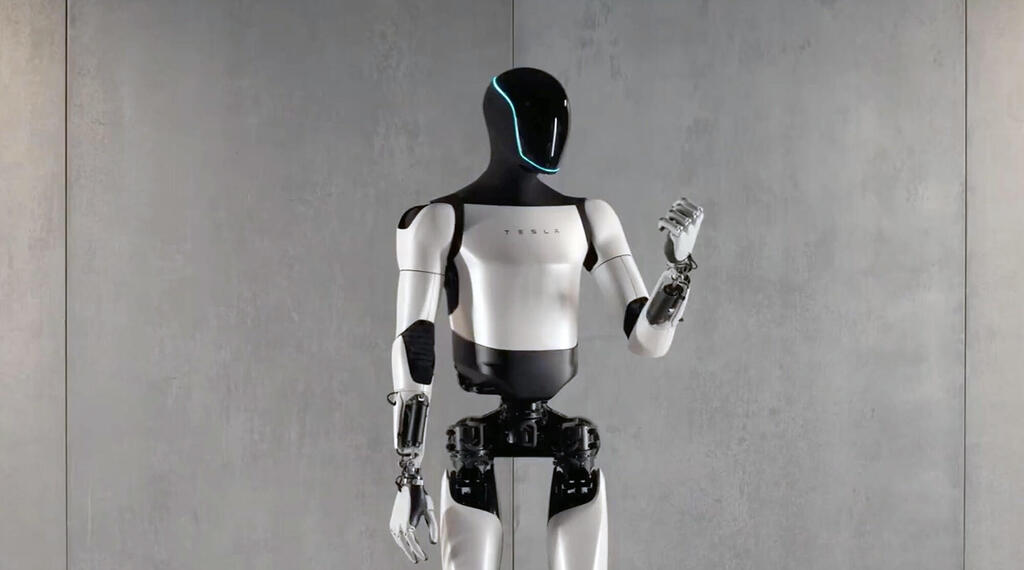Polish company Clone Robotics has unveiled the first video footage of its humanoid robot, "ProtoClone," sparking a wave of online fascination—and unease. The robot, designed to closely mimic human movement, is seen in the viral video hanging from a support structure while performing various body movements using synthetic muscles. The company claims this marks a major step toward developing robots capable of assisting with household tasks.
In the widely shared footage, which has amassed tens of millions of views, ProtoClone is shown suspended from the ceiling, its limbs twisting and kicking. Clone Robotics has designed the robot with a polymer skeleton replicating all 206 human bones, aiming to eventually enable it to handle tools and perform tasks such as doing laundry, washing dishes, and preparing basic meals.
ProtoClone features over 1,000 artificial muscles powered by the company's proprietary "Myofiber" technology. These muscles function through a network of tubes containing air-filled balloons that contract when filled with hydraulic fluid, mimicking the mechanics of human muscle movement. The robot’s "heart" is a 500-watt electric pump that circulates fluid at a rate of 40 liters per minute.
Clone Robotics’ approach is straightforward: replicate the human body's mechanisms as closely as possible and apply them to robotics. This concept is not new—aviation, radar, and sonar technologies have also drawn inspiration from the natural world. Biomimicry has been a cornerstone of scientific innovation for centuries.
Get the Ynetnews app on your smartphone: Google Play: https://bit.ly/4eJ37pE | Apple App Store: https://bit.ly/3ZL7iNv
Clone Robotics is not alone in this field. Companies such as Tesla, Boston Dynamics, Figure, and Unitree are also developing humanoid robots, while tech giants like OpenAI, Nvidia, Microsoft, and Google are racing to create AI models that will make household robots more autonomous and practical. In fact, one of the main goals of generative AI is to develop natural language interfaces that seamlessly control machines, robots, and computers.
A glimpse into the future—or a sci-fi nightmare?
ProtoClone is equipped with an advanced sensory system, including four depth cameras in its head for vision, 70 inertial sensors for joint position tracking, and 320 pressure sensors for force feedback. This system allows the robot to process visual input and learn by observing human activities.
For now, the company has opted not to give ProtoClone a human-like face, emphasizing its artificial nature. However, its design may still evoke discomfort, as similar aesthetics have often been associated with menacing robots in science fiction.
Despite its lifelike movements, ProtoClone remains in an early development stage and currently requires suspension for stability. Clone Robotics has previously demonstrated individual components of its technology, such as a robotic hand and upper torso. Unlike most other humanoid robots, which rely on motors or solenoids for movement, Clone Robotics’ pressure-based muscle system takes a unique approach. However, the company still faces significant challenges—such as enabling the robot to stand and balance on its own.
Clone Robotics plans to launch production with 279 units, named "Clone Alpha," and will open pre-orders in late 2025. Pricing details for the initial batch have not yet been disclosed, but given the engineering hurdles still ahead, a fully functional release in the near future may be an optimistic goal.



